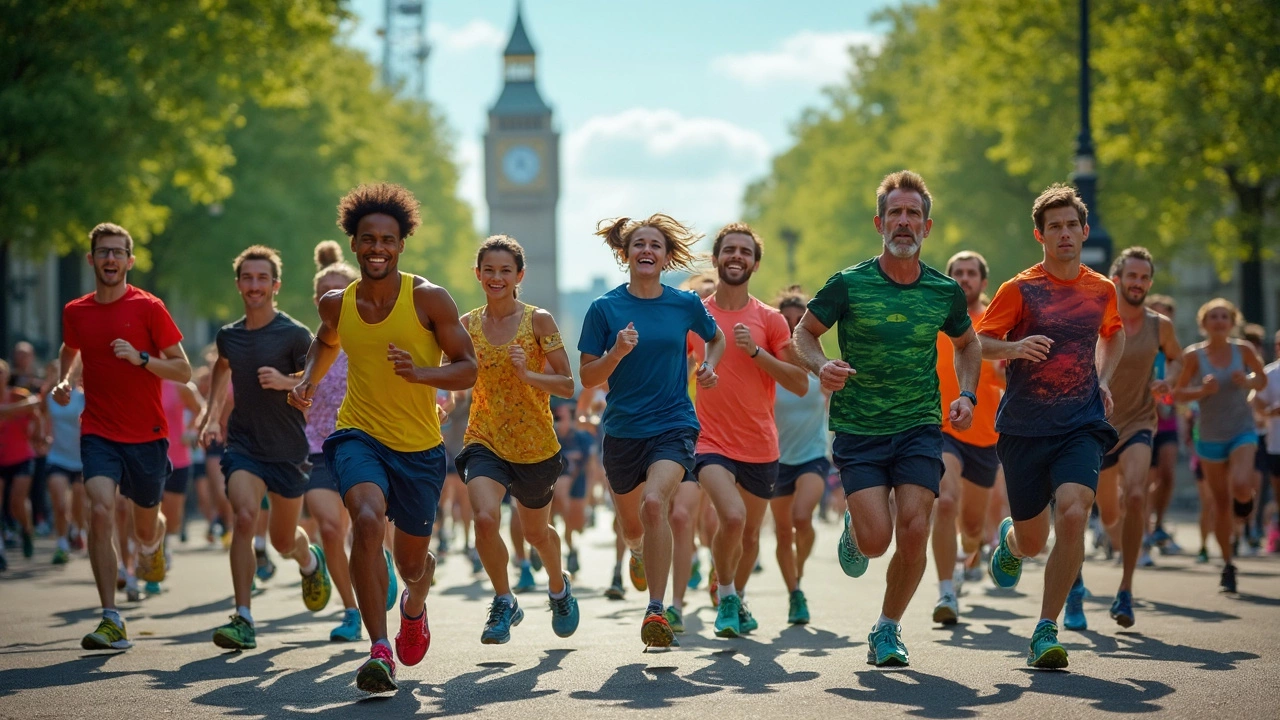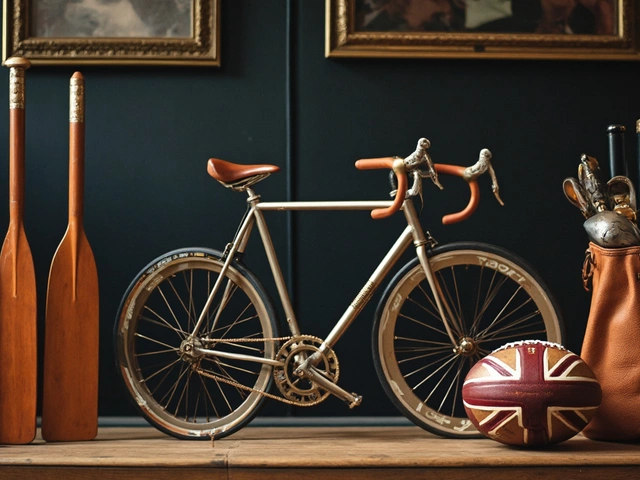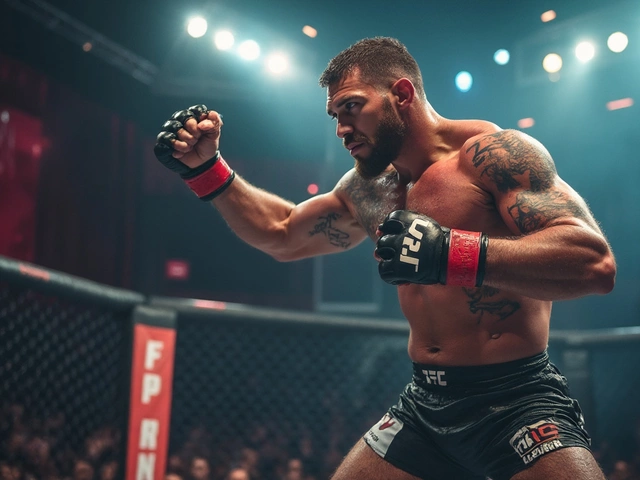Hoka Trend: Why Hoka Shoes Are Taking Over Running and What It Means for You
When you see someone lacing up a pair of Hoka, a brand of running shoes known for thick, cushioned soles designed to reduce impact and boost comfort. Also known as Hoka One One, it started as a niche choice for ultrarunners but now dominates sidewalks, trails, and race starts across the UK and beyond. This isn’t just a fad. It’s a shift in how runners think about footwear—less about lightweight minimalism, more about protection and sustainability over long distances.
The Hoka trend didn’t happen by accident. Runners started noticing something: their knees felt better. Their quads stopped screaming after long runs. Their recovery times improved. That’s because Hoka shoes use a unique blend of foam density, rocker geometry, and oversized midsoles that literally roll you forward. It’s not magic—it’s biomechanics. And it’s why even people who never thought they needed fancy shoes are now asking, "Why didn’t I try these sooner?" Related to this are the broader concepts of running footwear, the category of athletic shoes designed specifically for the repetitive impact of running, and shoe cushioning, the technology built into soles to absorb shock and reduce stress on joints. These aren’t just buzzwords—they’re the reason why someone running 5 miles a week might feel the same as someone running 20.
What’s interesting is how this trend connects to real training habits. You’ll find Hoka wearers in posts about marathon training, injury prevention, and even strength work. Why? Because if your shoes are doing the heavy lifting, your body can focus on moving efficiently. That’s why runners who used to swear by barefoot models or ultra-light flats are now switching. It’s not about being trendy—it’s about being smart. The best running shoes, shoes that match your stride, goals, and body without forcing you to adapt aren’t the cheapest or the flashiest—they’re the ones that let you run longer without pain.
And it’s not just elite runners. People over 40, beginners, former injury survivors—they’re all finding Hoka shoes make a difference. You don’t need to run a marathon to benefit. If you walk for fitness, commute on foot, or just hate how your feet feel after a long day, this trend matters. The posts below cover everything from how to pick the right Hoka model for your foot type, to why some runners still avoid them, to how cushioning affects your form over time. No hype. No sponsored fluff. Just real experiences from people who’ve tried them, tested them, and kept wearing them.
Why are Hokas Suddenly So Popular?
Hoka shoes have taken the running community by storm with their distinctive design and impressive performance benefits. Known for their chunky soles, these shoes offer exceptional cushioning which appeals to runners of all ages. The rise in popularity is credited to their ability to reduce the impact on joints and enhance running experiences. This article explores the reasons behind Hokas' growing fame, including their unique construction and versatility for various terrains.





